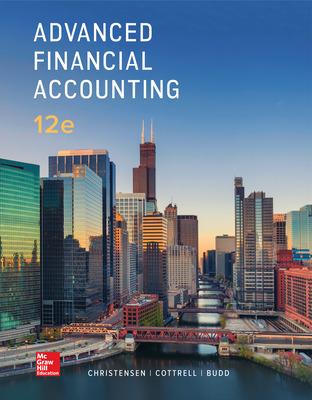Question
Riverton Retailers Ltd began operations on 28 June 2012 by purchasing $1,000,000 of inventory. There were no sales up to the end of the financial
Riverton Retailers Ltd began operations on 28 June 2012 by purchasing $1,000,000 of inventory. There were no sales up to the end of the financial year ending 30 June 2012. For the year ended 30 June 2013, additional inventory of $5,000,000 was purchased. Expenses, excluding cost of sales and incentive bonuses to management, totaled $500,000. Total sales for the year were $8,000,000. The company had in existence a management incentive scheme which provided bonuses, totaling 1% of profit (after income tax but before the bonuses), to be paid to management. Assume a company income tax rate of 30%.
The company was undecided as to whether it should select the FIFO or weighted average method of accounting for inventories. If the FIFO method was selected, the ending inventory balance would be $1,000,000 whereas if the weighted average method was chosen, the inventory would be valued at $1,400,000.
Required:
a) What effect would the alternative inventory methods have on the profit margin ratio? Based on this ratio, which method would be chosen? (show calculations and all working) - (6 Marks)
b) Which inventory method do you think management would choose? Why? (2 Marks)
c) Assuming an efficient capital market, discuss the effect (if any) that the alternative inventory methods would have on the companys share price. (2 Marks)
Step by Step Solution
There are 3 Steps involved in it
Step: 1

Get Instant Access to Expert-Tailored Solutions
See step-by-step solutions with expert insights and AI powered tools for academic success
Step: 2

Step: 3

Ace Your Homework with AI
Get the answers you need in no time with our AI-driven, step-by-step assistance
Get Started


